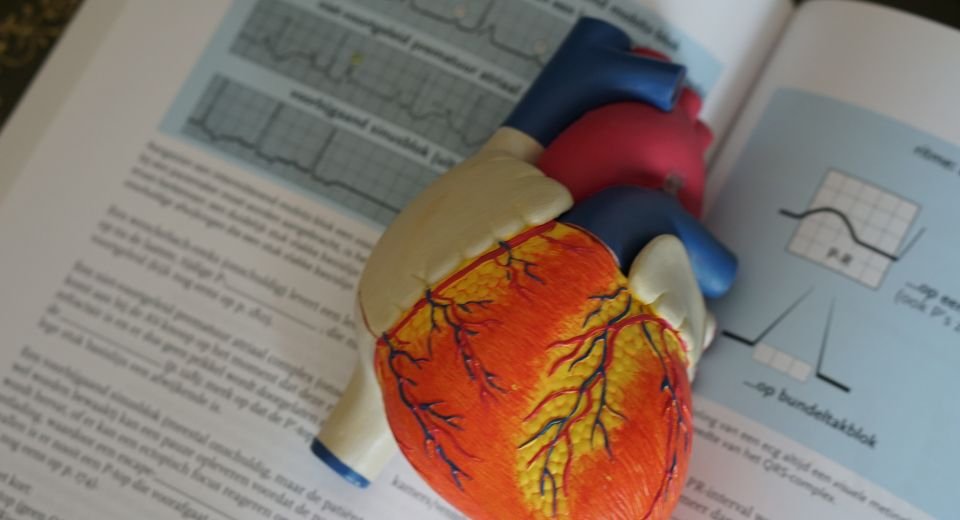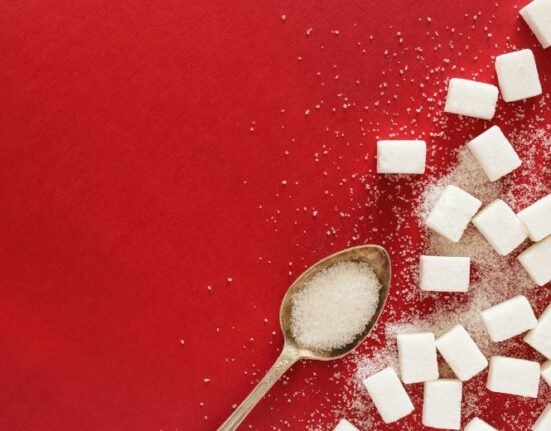HQ Team
January 20, 2024:People with fat stored within their muscles, known as intermuscular fat, face a significantly higher risk of serious cardiovascular events, including heart attacks and heart failure, regardless of their body mass index (BMI). This alarming conclusion arises from a Harvard study.
Understanding intermuscular fat
Intermuscular fat is often compared to the marbling seen in high-quality beef, where flecks of fat enhance flavor and tenderness. However, in humans, this type of fat is increasingly recognized for its detrimental health implications.
The study led by Professor Viviany Taqueti, Director of the Cardiac Stress Laboratory at Brigham and Women’s Hospital and a faculty member at Harvard Medical School, highlights that traditional metrics like BMI may not adequately reflect an individual’s cardiovascular risk. “Obesity is now one of the biggest global threats to cardiovascular health, yet body mass index – our main metric for defining obesity and thresholds for intervention – remains a controversial and flawed marker of cardiovascular prognosis. This is especially true in women, where high body mass index may reflect more ‘benign’ types of fat,” Taqueti stated,
The research involved 669 patients undergoing evaluation for chest pain or shortness of breath at Brigham and Women’s Hospital. These individuals had no evidence of obstructive coronary artery disease, their average age was 63 with 70% being female and nearly half identifying as non-white. Advanced imaging techniques, including cardiac positron emission tomography (PET) and computed tomography (CT), were employed to assess heart function and body composition. The researchers specifically calculated the ratio of intermuscular fat to total muscle plus fat, termed the fatty muscle fraction2.
Key findings
The findings revealed a stark correlation between higher levels of intermuscular fat and increased risks for coronary microvascular dysfunction (CMD), a condition that affects the small blood vessels supplying the heart. Notably:
- For every 1% increase in fatty muscle fraction, there was a 2% increase in CMD risk and a 7% increase in future serious heart disease risk, independent of other known risk factors.
- Individuals with elevated intermuscular fat levels combined with CMD exhibited particularly high risks for death, heart attacks, and heart failure.
- Conversely, those with greater amounts of lean muscle showed a lower risk profile.
Professor Taqueti elaborated that unlike subcutaneous fat—which is stored under the skin—intermuscular fat may contribute to inflammation and insulin resistance, leading to metabolic syndrome and vascular damage.
Implications for public health
These findings underscore the need for a paradigm shift in how we assess cardiovascular risk. Current reliance on BMI or waist circumference may overlook critical factors such as intermuscular fat that could better predict heart disease susceptibility. Dr. Ranil de Silva from Imperial College London noted that while obesity is linked to increased cardiovascular risk, the relationship is complex and warrants further investigation into markers like intermuscular adipose tissue (IMAT) for more accurate risk stratification.
Future directions
The study raises crucial questions about intervention strategies for individuals with high levels of intermuscular fat. As ongoing research explores the effects of weight-loss therapies on muscle versus other body fats, understanding how to mitigate these risks becomes paramount. “What we don’t know yet is how we can lower the risk for people with fatty muscles,” Taqueti remarked.
This research not only sheds light on the hidden dangers of intermuscular fat but also calls for enhanced awareness and innovative approaches in cardiovascular health management.
The study was published in the European Heart Journal.








